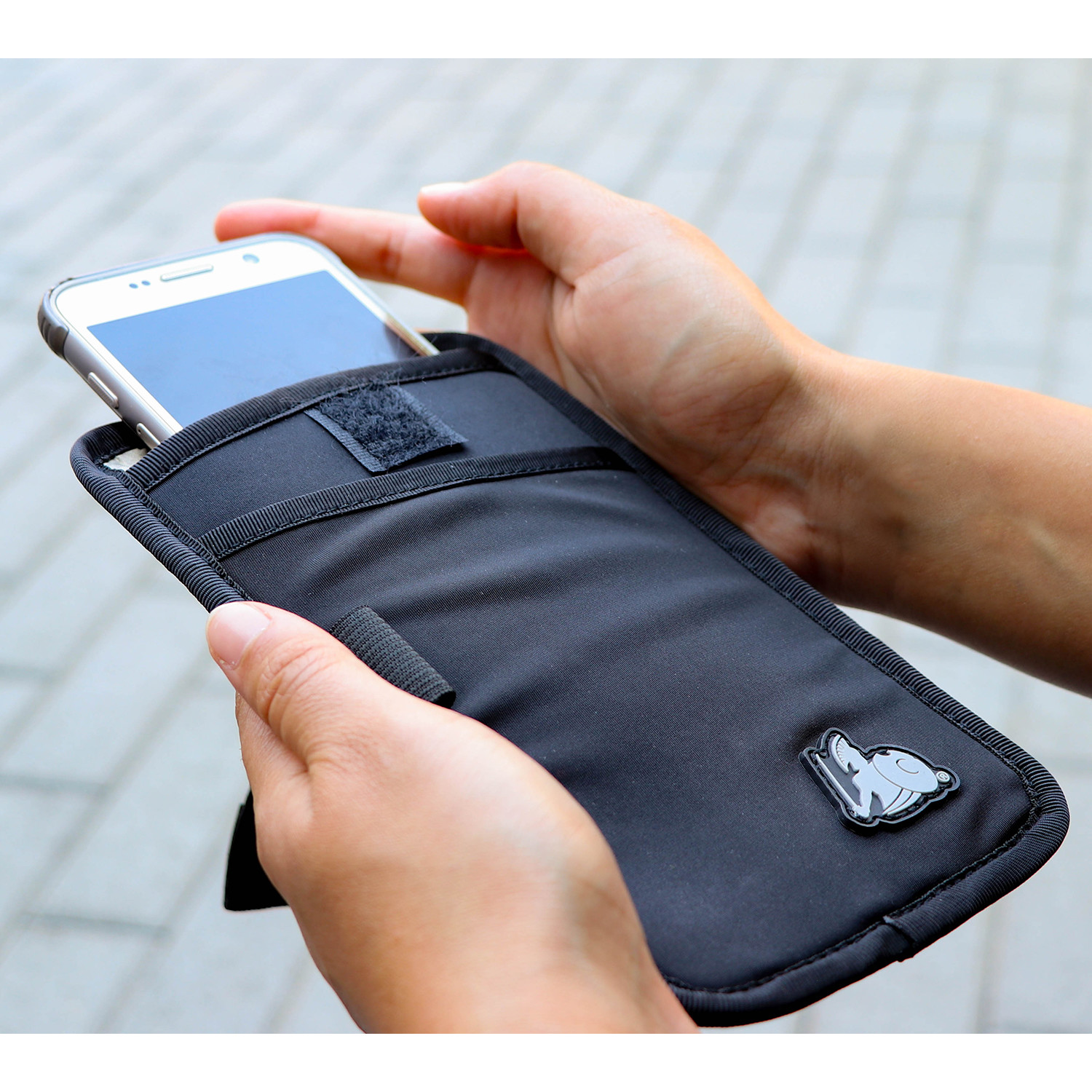This article discusses the topic of 5G radiation, a non-ionizing type of electromagnetic radiation. Because 5g radiation poisoning is so small, it doesn't have the capacity to break chemical bonds in biological tissues or trigger any modifications to cells. It isn't known whether the effects of 5G radiation alter the risk of developing skin cancer. No evidence has been discovered to suggest it may cause any other diseases.
Radiation from high-frequency millimeter waves
High-frequency millimeter wave radiation from mobile phones and wireless networks may cause adverse health effects for humans. There are several ways in which this radiation could cause harm. In some instances the radiation could cause damage to a person's DNA. In other cases, it may cause damage to other areas of the body, such as the brain.

Recent research has shown that 5G technology can cause the heating of tissues. In the aftermath, researchers from the International Council on Non-Ionizing Radiation Protection (ICNIRP) has asked to review the current safety standards for biological and thermal radiation. The current standards for exposure do not protect people from extreme heat in the event of exposure to pulsed millimeter wave radiation.
Skin cancer risk
There is no definite answer yet to the issue of whether radiation from 5G can cause skin cancer. It is however believed that 5G RF EMFs behave as high-LET ionizing radiations. This means that they may cause excessive levels of free radicals within the skin. The FCC hasn't issued any specific guidelines on the risks of 5G technology. Consequently, 5g radiation is ongoing.
Although there has been a variety of studies that examine the effects of higher-frequency radio waves on the health of humans however, their research has been limited in the scope. However, there is concern over the effects of millimeter-wavelength exposure on oxidative stress and gene expression. These effects could be extended to the skin and various organs, such as the brain.
The impact of other diseases
An innovative new technology in wireless, called 5G, is rapidly expanding however, scientists are concerned about the possible health risks. The technology will significantly increase the amount of electromagnetic radiation in our environment. This is a concern that has led to debates in a variety of countries, including Switzerland. In September 2017 390 doctors and scientists supported a motion for a moratorium on 5G deployment. This motion was not heeded by the European Commission, which is in charge of monitoring the use of 5G technology.
As a result there is a need for more research to determine the health impacts of 5G. However studies have proven that 5G does not cause the same adverse effects on humans as the radiofrequency from the older mobile networks. Also, 5g radiation symptoms doesn't spread a new type of coronavirus. Additionally it doesn't make people more vulnerable to viral infections.
5g radiation of exposure to 5G radiation is a crucial aspect of ensuring the safety of 5G networks. There are two methods to measure exposure. One involves measuring RF power absorption by human tissues. Another involves measuring the amount of radiofrequency energy released from an object. The term "radiofrequency energy" (RF) refers to an electromagnetic field of energy that originates through radio transmitters.
Within the United States, the FCC has implemented a limit on the energy density of mobile devices running 5G. These tests only determine power density at just a few inches, and they do not require measurements of every beam. FCC does not require measurements of every beam. However how much power is generated by each beam is estimated using computer simulation. The most likely scenario is then determined according to the beam's configuration. each beam.
Limitations of the study
There's been a lot of discussion about the impact of 5G radiation on human health. The Swiss government, for example has issued an analysis that concludes 5G technology does not cause health effects in the short-term, however, there aren't any studies that have demonstrated long-term effects. However, this report contains several issues and bias in reports.
The power and frequency of the radio waves that carry energy will depend on the frequency. The energy carried by a millimetre-wave will be the same as that of current radio waves however, they're less visible and will be ideal for high-density settings as they won't be easily obscured by walls or glass. Urban areas with high density would require many smaller, low-power locations, and suburban areas will benefit from 5G stations operating at lower frequencies.

